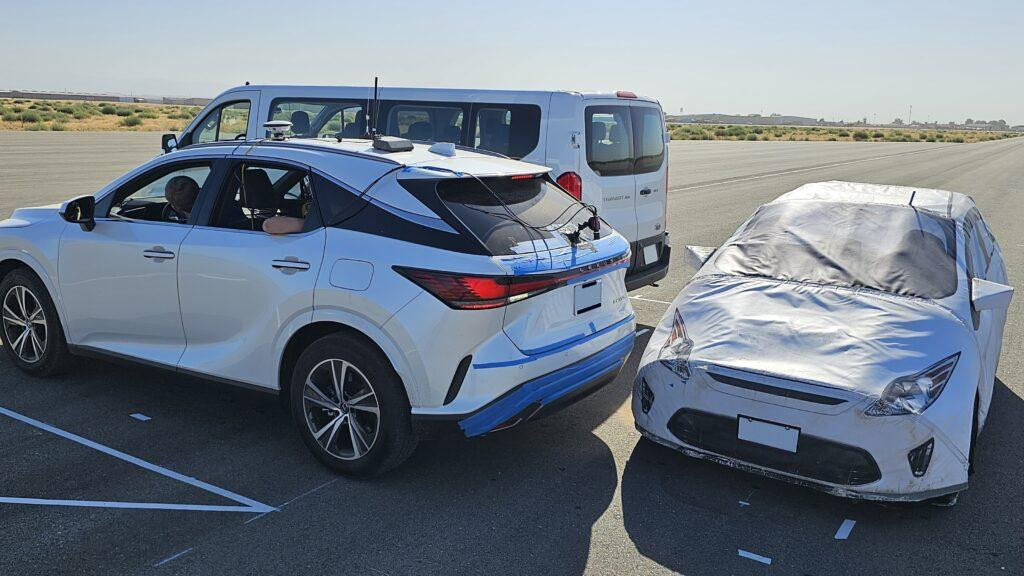Recent AAA research testing vehicles equipped with reverse automatic emergency braking (AEB) with rear cross traffic mitigation showed the technology is useful, but drivers should not rely on it solely when backing up.
The Inquiry
Reverse automatic emergency braking (AEB) systems have been shown to significantly reduce rear-end collisions. Reverse AEB with rear cross traffic mitigation systems are designed to mitigate or prevent collisions with other vehicles, with some reverse AEB systems detecting rear cross-traffic and automatically applying brakes in response to other cars, pedestrians, cyclists or stationary objects.
AAA engineers wanted to know how reverse AEB systems perform when backing out of a parking space into the path of an oncoming vehicle with an adjacent parked vehicle blocking the view, and while encountering a stationary child pedestrian behind the vehicle. They tested four popular 2023 model-year vehicles equipped with the feature.
The Results
Reverse AEB systems automatically applied brakes in 65% of test runs and prevented a collision in 2.5% of test runs in the context of the backing-up scenarios involving a subject vehicle crossing behind the test vehicle.
With the stationary child target behind the test vehicle, reverse AEB automatically applied brakes in 75% of test runs and prevented a collision in 50% of test runs.
“Drivers should not solely rely on these advanced driving systems to prevent collisions, but instead use them to enhance their awareness of their surroundings and support safe driving,” said Greg Brannon, AAA’s director of automotive engineering. “Above all, vehicle testing requirements for these systems should be updated to be consistent, taking into consideration unusual objects and more realistic scenarios with the goal of achieving the greatest safety benefit to drivers, pedestrians and cyclists."
AAA Tips
Drivers should not rely on reverse AEB systems to prevent collisions when backing up but use backup cameras and other sensors to enhance their awareness.
Back up cautiously when an object obstructs the view, allowing the ADAS sensors to “see” or detect cross traffic, giving the system more time to see a potential collision and to bring the vehicle to a stop.
It’s important to make sure these systems are working properly and repaired accurately.
Industry Advice
Testing standards for these systems are lacking in the U.S., but are crucial to ensure they function properly in real-world scenarios. It’s important to evaluate not only their functionality but also their ability to address different situations that may arise. Taking a balanced approach to testing can help ensure that these systems are safe and effective for all users.













